The code side is gonna be the slow part for me, but I have been looking at blynk.io as a jumping off point to learn how to get an app to work with these. Blynk.io looks really cool, though I haven't had time to scratch the surface and try it out yet. To be clear though, I'm no coder, and I'm not making any promises regarding working on the code for this, in fact I will probably use the Nerdforge code and call it a day. This is however the kind of project I have been looking for, where I can work on something that is actually interesting to me, and improve my novice Arduino skills.
|
I've been updating and re-working the model for the Hex LED Panels for the past few days, and have tested most of the parts to make sure they fit. So far it's looking good, though I wasted several panels worth of wood PLA when I thought I was ready to start printing, only to decide I needed a couple if buttons or something added. Above is hopefully the last iteration, and although it looks like nothing much has changed, the model is almost completely redone. It has been split into a side and base (to conserve the more expensive wood PLA and make it simpler to work on), there is now a power switch, a couple buttons, and the electronics holders have all been tweaked and tested. I expect that each panel will be a 20 hour print on my printers, but since they are now split into several parts I can run my two printers at a time and knock them out quicker. I will probably be able to bring that time down with some slicer settings too, though no by much. Most of these Hex LED panel designs seem to be built for quick printing, so it was a bit of a shock to realize what I had gotten myself into, for yet another printing project. But I'm hopeful that these will end up looking pretty good, with no light leakage in the frames and sturdy construction, as well as being fully printable.
The code side is gonna be the slow part for me, but I have been looking at blynk.io as a jumping off point to learn how to get an app to work with these. Blynk.io looks really cool, though I haven't had time to scratch the surface and try it out yet. To be clear though, I'm no coder, and I'm not making any promises regarding working on the code for this, in fact I will probably use the Nerdforge code and call it a day. This is however the kind of project I have been looking for, where I can work on something that is actually interesting to me, and improve my novice Arduino skills.
0 Comments
Well, I bit the bullet today and did what I should have done 2 years ago... I changed my account name over at Thingiverse.com. The only reason I didn't was because I thought it would blow out all my stuff or otherwise screw things up. Thankfully though, it didn't screw up any of my stuff (that I know of). Seems all my designs are still there, and the "followers" count did not change. You can find all of my stoopid (3D) stuff now here.
Really liked the way the Grid Clock V2 turned out, and now thinking of maybe making a Hexagon LED Panel light, based off NerdForge's design here. He also has a video with additional links here, which describe the project. This will be a bit different though, since I plan to use 5V WS2812B LEDs instead of the 12V LEDs, and these will be a bit larger modules with 30 LED's per module. I can get 10 modules in a single spool of the LEDs and so far the design is checking out. I don't know if I will follow through on this however since things are really busy and I have too much stuff to get done already. I hope to at least get the main electronics module built and tested and the rest should just work so at that point I can probably post it up. Parts for this one will also be a bit costly at around 50 bucks for the components not including the filaments, so again not really sure on this one. The parts shown in the pic are just testing for fit, they won't be used with this project.
I finally finished the LED Clock V2 Remix, however it's not completely finished since I have not yet posted it. That will take a few days (and I will post the link here). I am pretty happy with how it turned out though. The LED screen covers were a bit of a pain to glue on. I used Gorilla Super Glue Gel, and it seemed to soak into the wood PLA and had to use some old Juniper and Cisco cert books to weigh it down for several hours while it dried fully, and it required a few re-do's in some corners. It's pretty well suck now though so should be good. It also feels pretty solid, even though I did not glue the clips which hold the frame together since they seemed snug enough.
The electronics are hooked up just like the original model, but I added a 1000µF, 25V electrolytic capacitor between the positive and negative power connections, and a 2A automotive fuse and printed fuse holder. I also added a LDR which faces upwards and automatically dims the clock when the lights are out (this was an option with the code which was included with the original model). I also increased the max current in the code to 1250mA, which helped with the brightness since the filters are two 0.2mm layers of white PLA. However even with the increased current (since only a few pixels are ever lit), it only pulls around 300-400mA total from the 5V supply for a whopping 1.5W or so draw. Once it was mounted I realized that I did not actually need it as bright though, so the 2nd or 3rd brightness setting is about perfect, or I can just let the LDR set it automatically and that's pretty good too. The stock code allows the brightness to be changed and also has a bunch of cool color combinations which can be cycled through, but they all appear to be static. It would be cool to get some animated wipes on the hour or other animations. I went with the Ardunio Nano version of the model, but I did design and test a base to hold a NodeMCU as well, and that may have more options for adding things like weather or other data to the display - but that is not something I plan to do since it's beyond my skill level. The clock was mounted on the wall using some printed hangers and 3M Command Strips, and I'm waiting on a white extension cable since the black one has too much contrast to the wall and I want to see if it can be routed a bit better. Aside from any work on the code (which I am very rusty with so probably won't happen), it's done though, and I'm pretty happy with it. Update 2/14/2021: The Grid Clock Remix is completed and posted here. Almost done with the remix for Parallyze's Grid Clock V2. I'm printing it with Hatchbox Wood PLA and some gray and white PLA for the top screens. The top screen is printed in one part with the first layer in white and the second in gray. The tops are also a combination of four individual components, with two of them printed as supports to get the patterns, and all of them merged together. It is a bit of work to get that right but it does make for some cool combinations.
The base contains the electronics and there will be a version to house an Ardunio Nano or a Node MCU, and has a place for an LDR sensor, and a ATC type fuse (planning to use a 1A or 2A fuse depending on the current I end up using). The Arduino Nano mount is remixed from AlpoHassinen's Arduino Nano Holder posted at Thingiverse. The fuse holder will require the parts from Erik Cederberg's design posted on Thingiverse by sk8rjess, here. The base also includes some pockets to catch some screws or nails for wall mounting. It's a bit more than half printed now. |
Stoopid MeWelcome to my Stoopid corner of teh Internet. It's mostly gonna be 3D printing stuff, but I also post some recipes, projects, and the occasional rant here as well. More Stoopid stuff is updated regularly. Archives
July 2024
Categories |
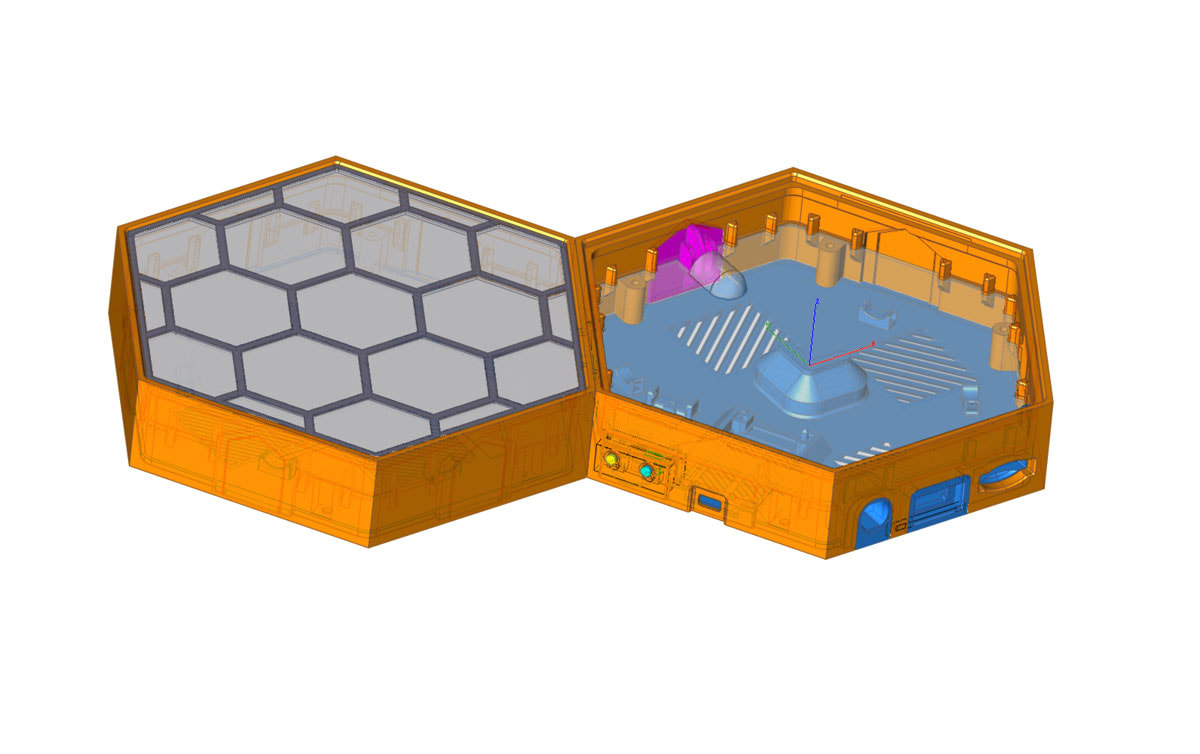
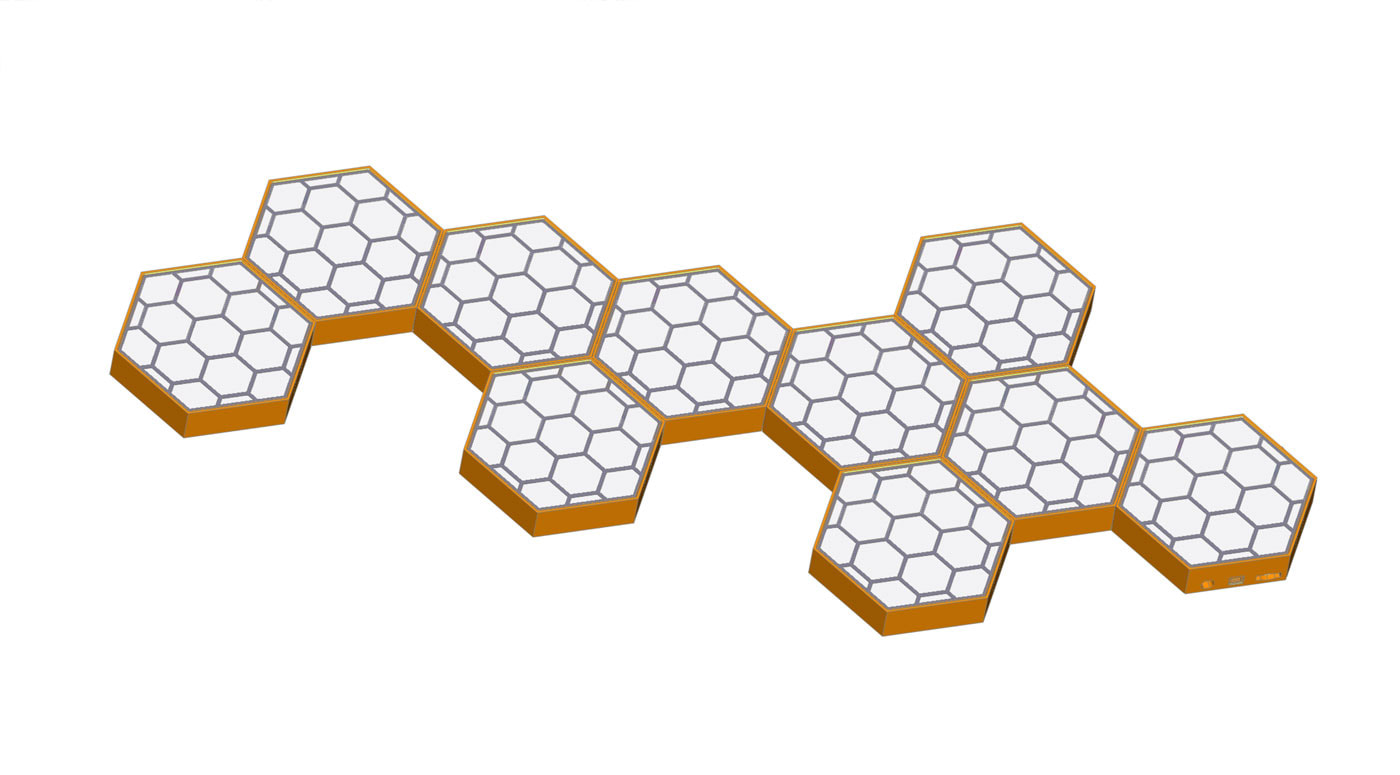
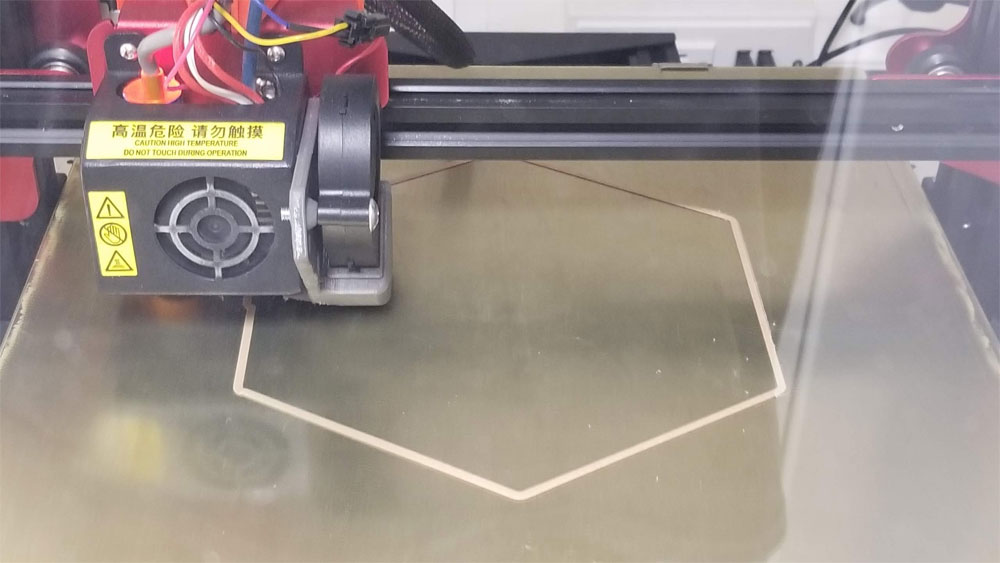
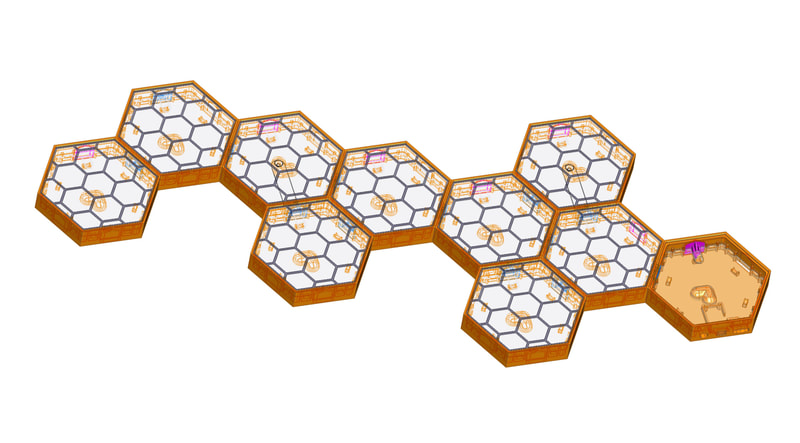
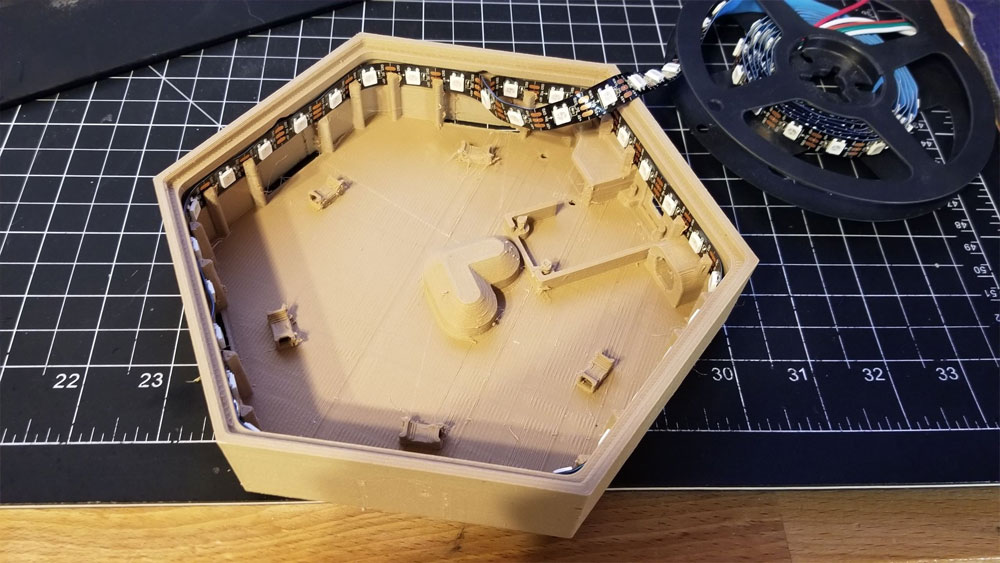
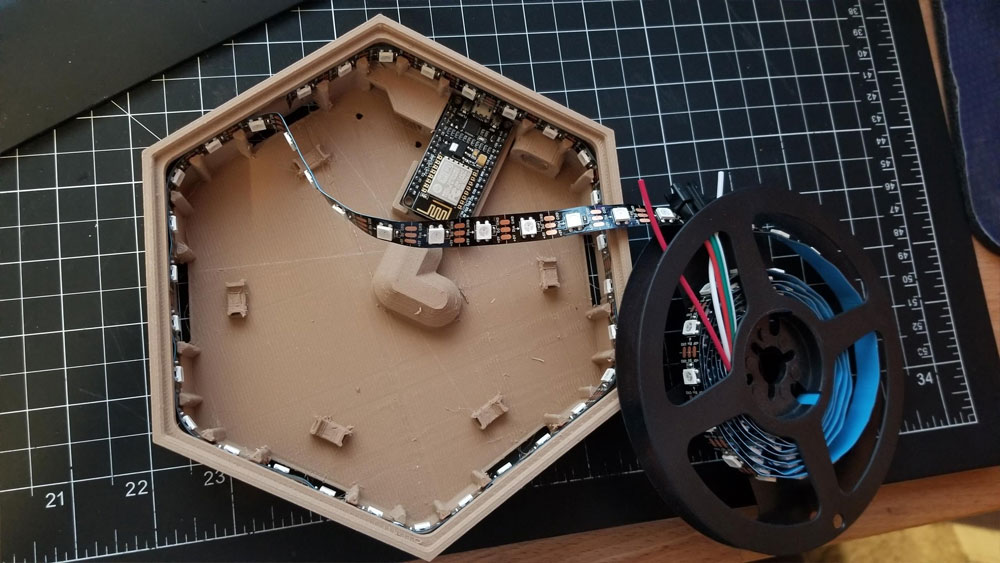
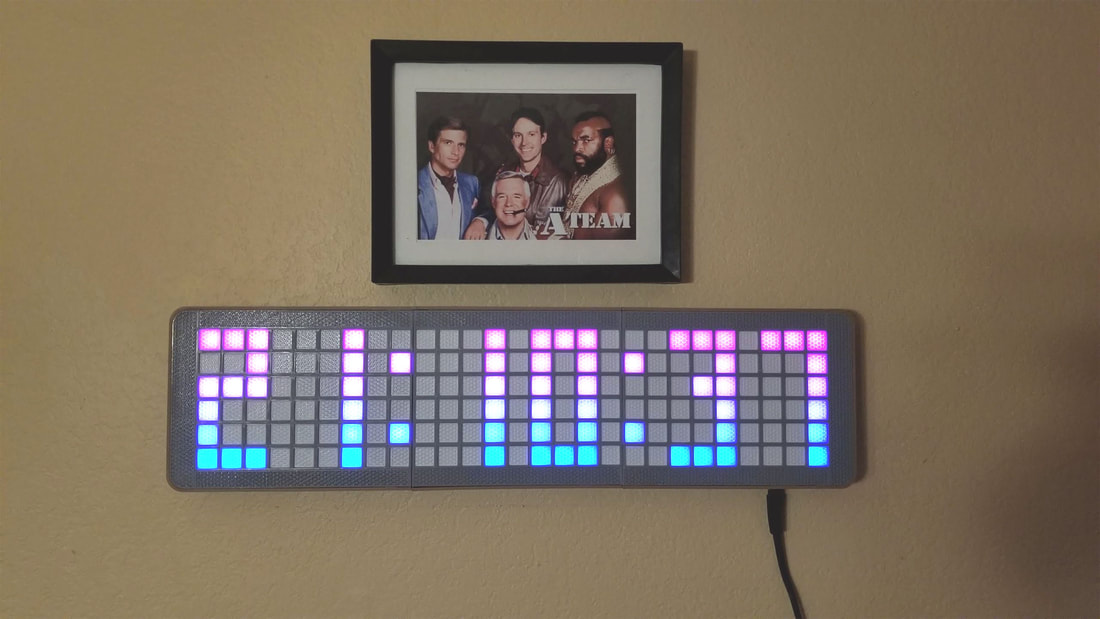
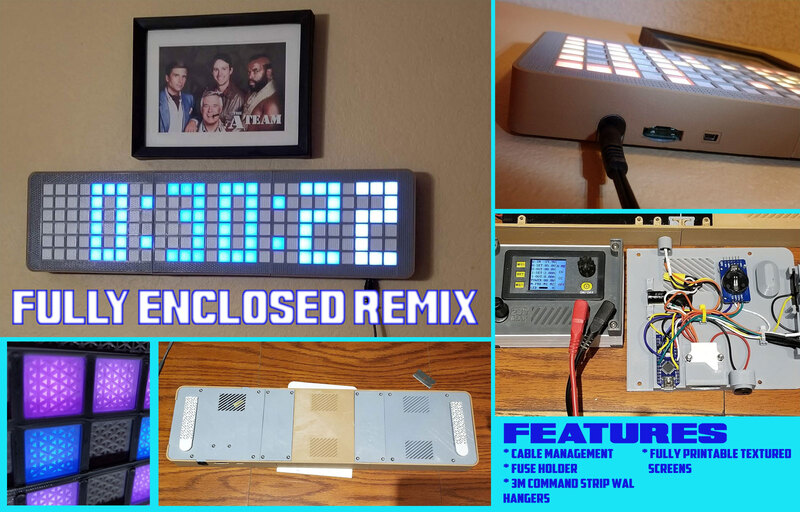
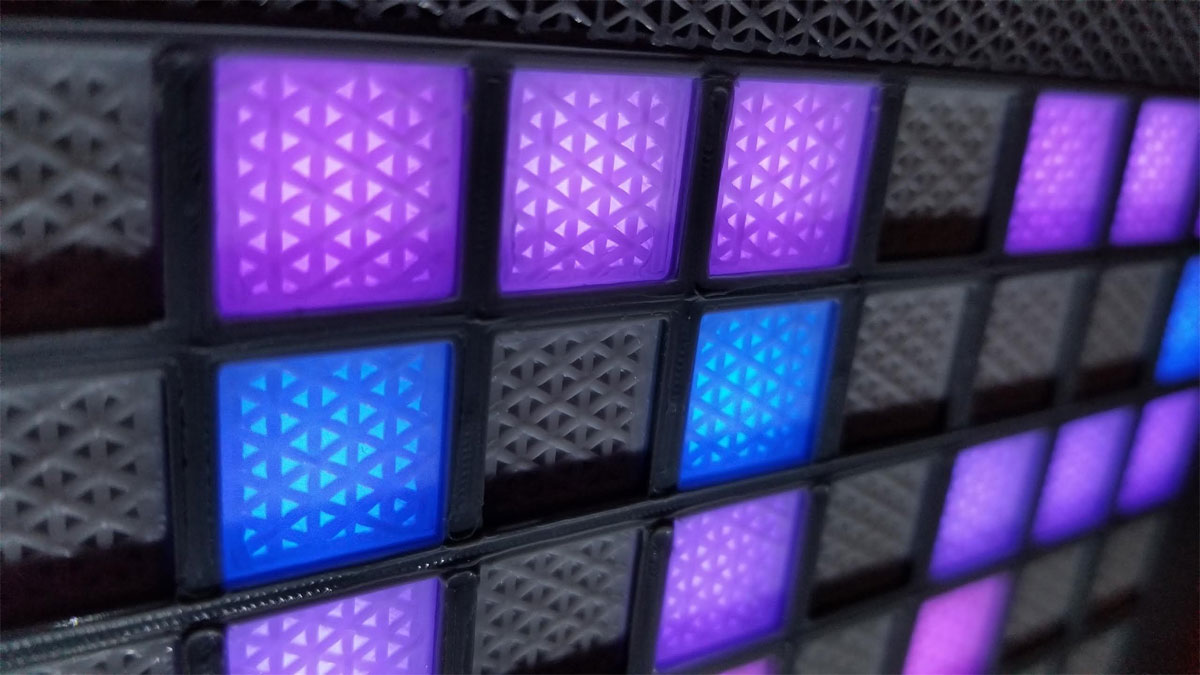
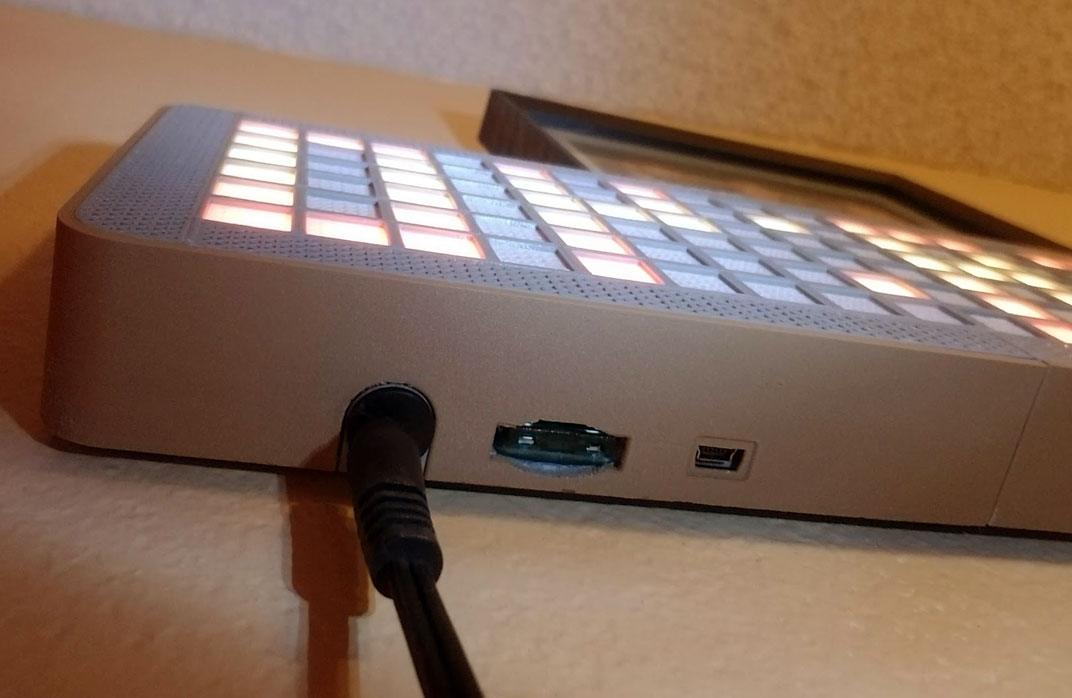
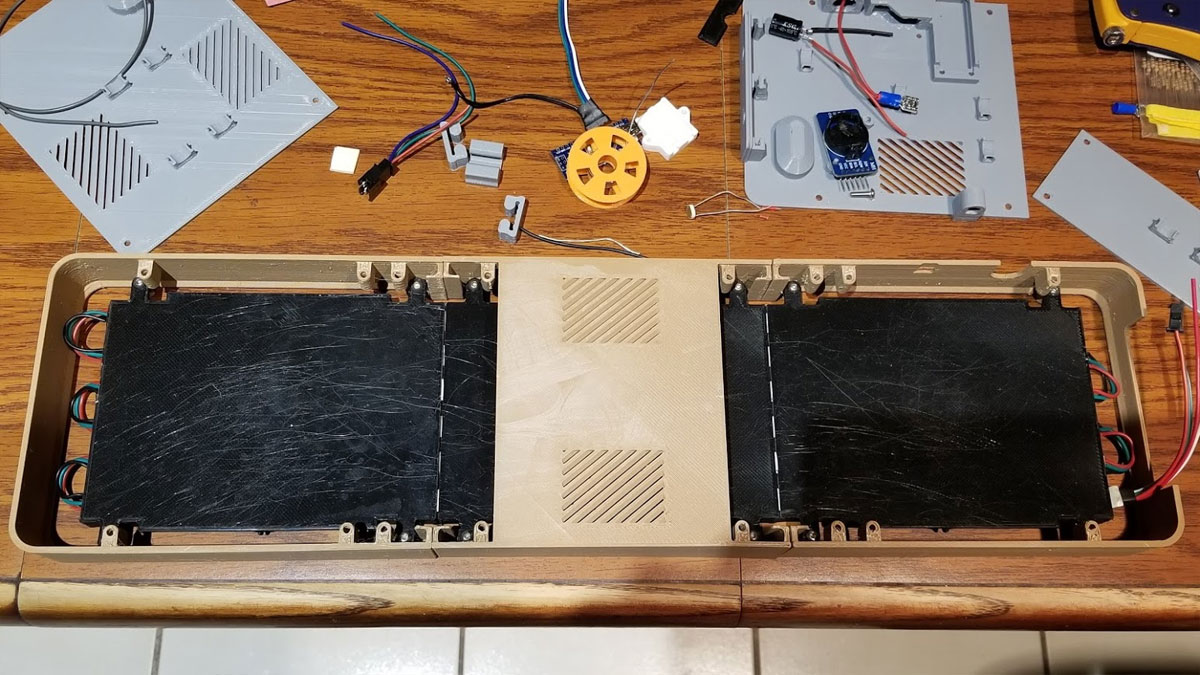
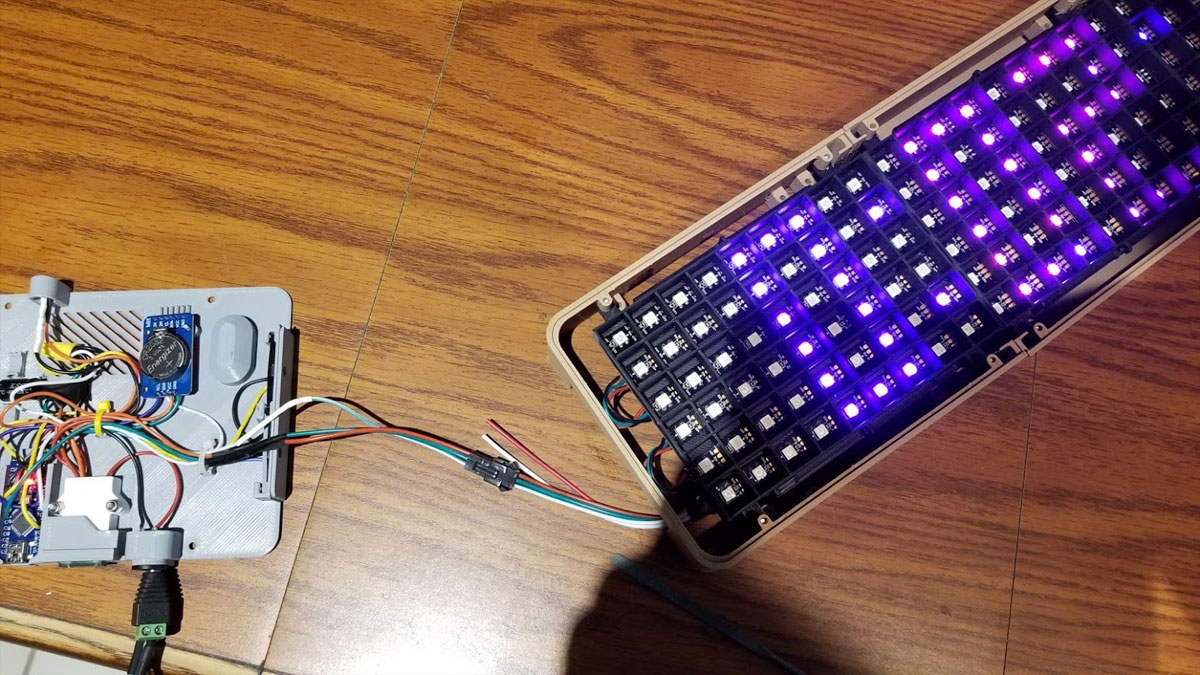
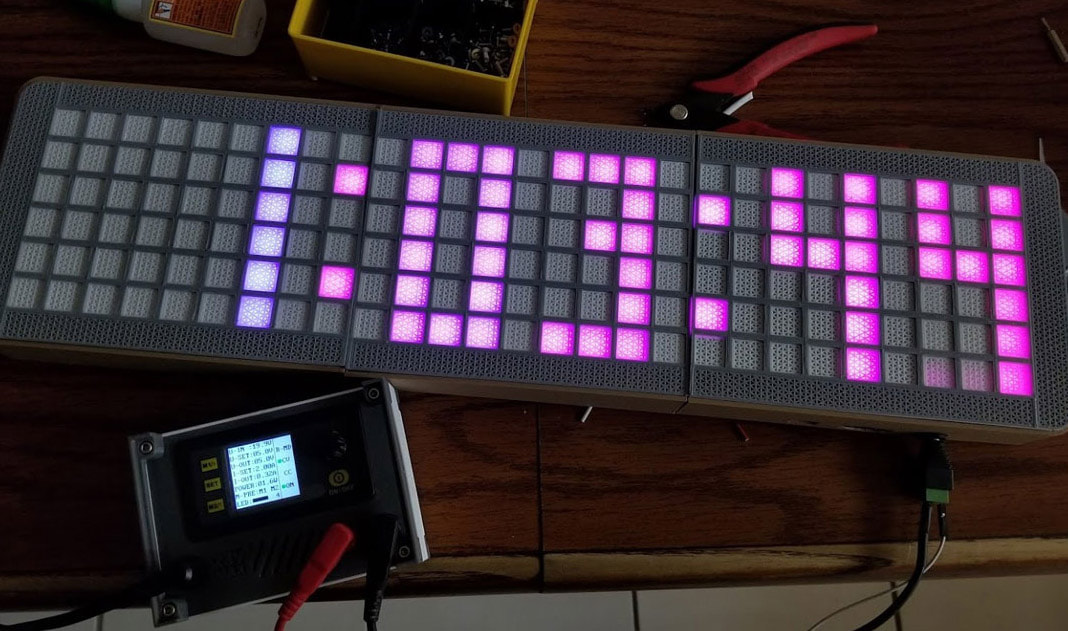
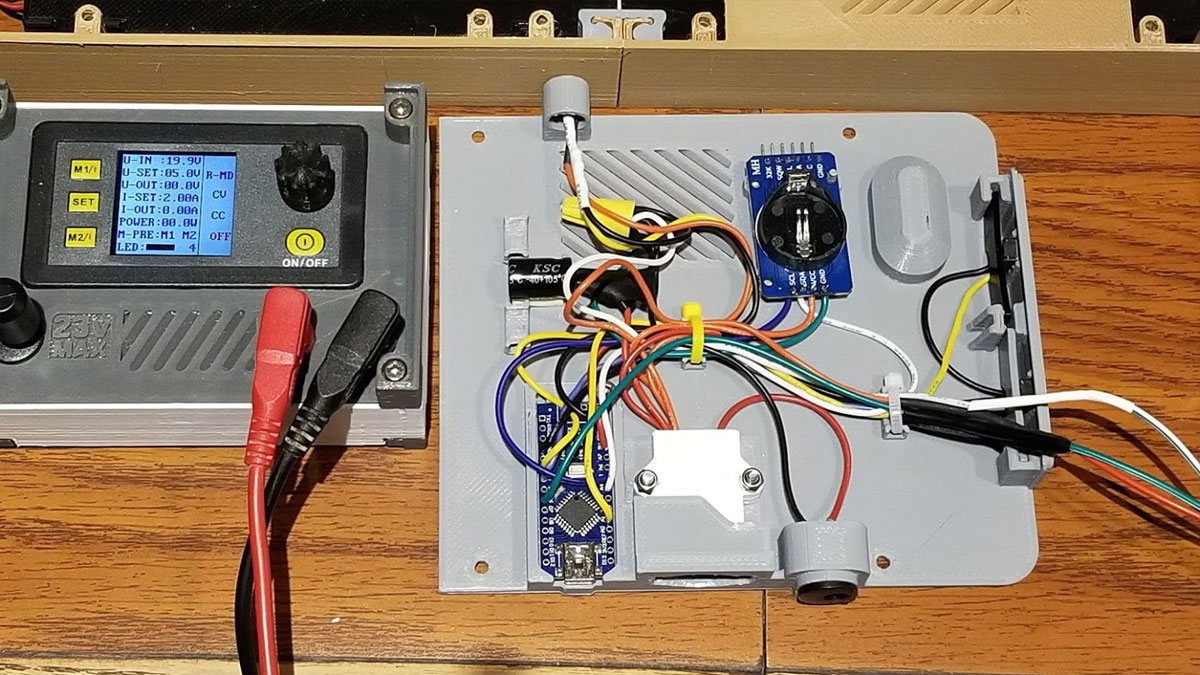
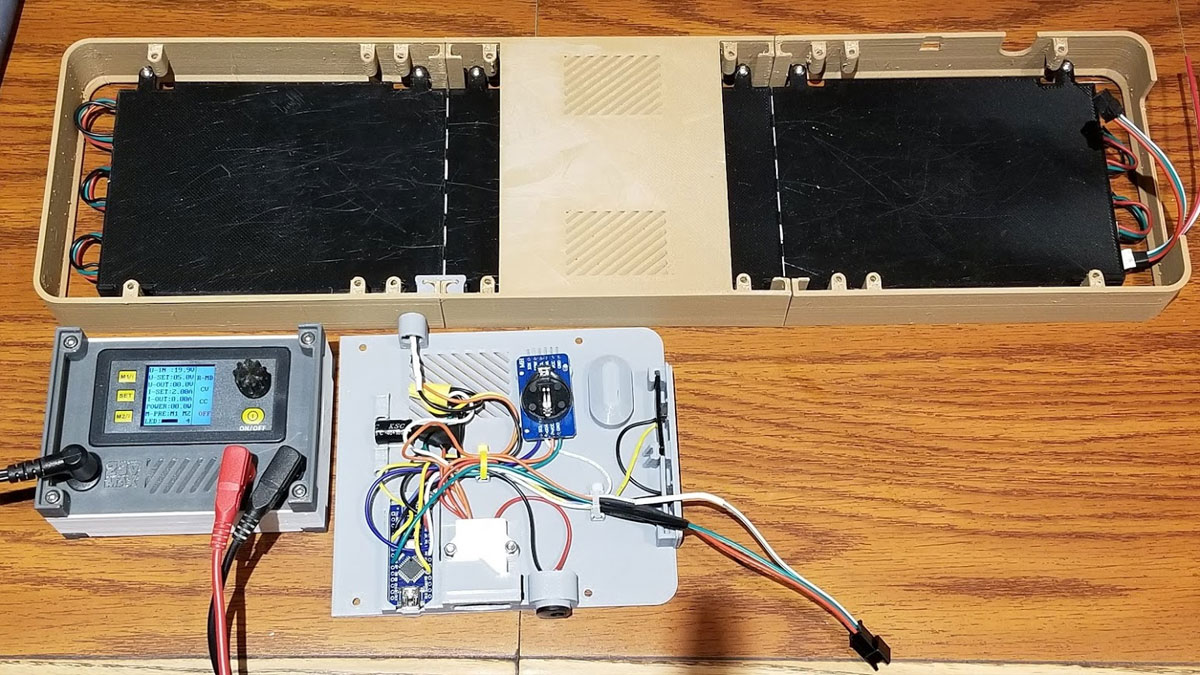
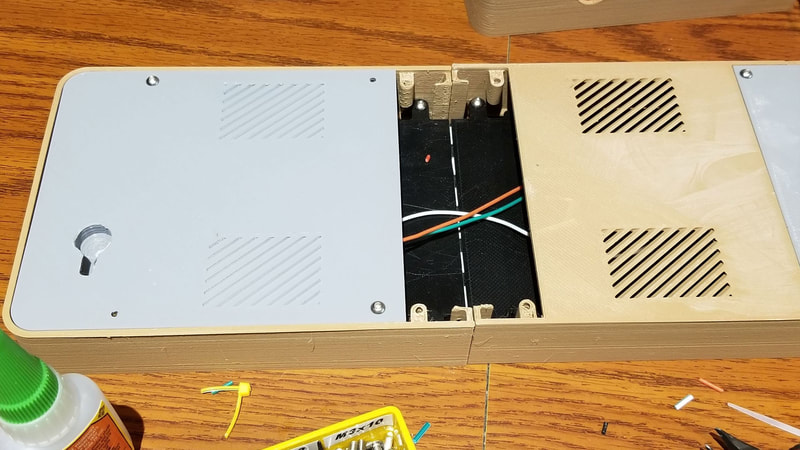
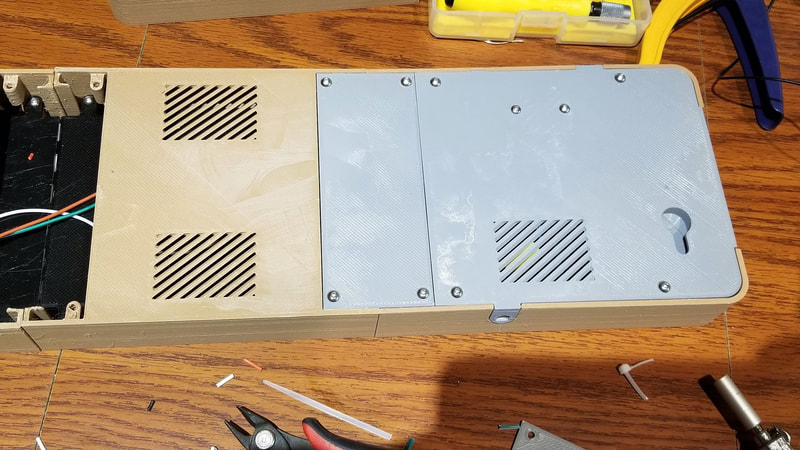
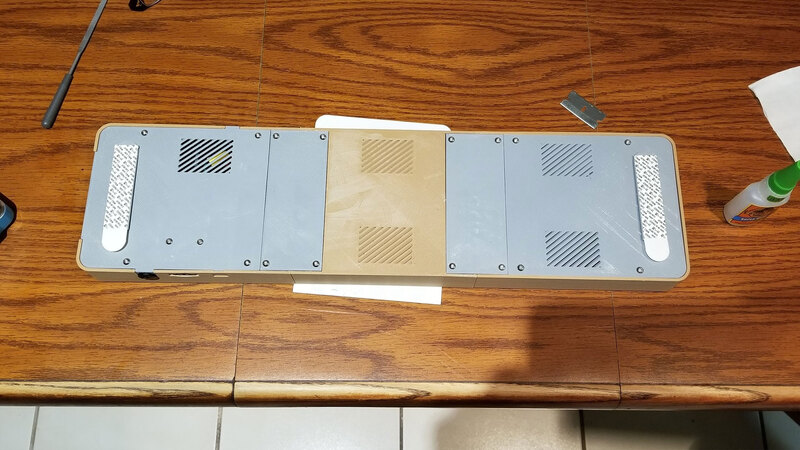
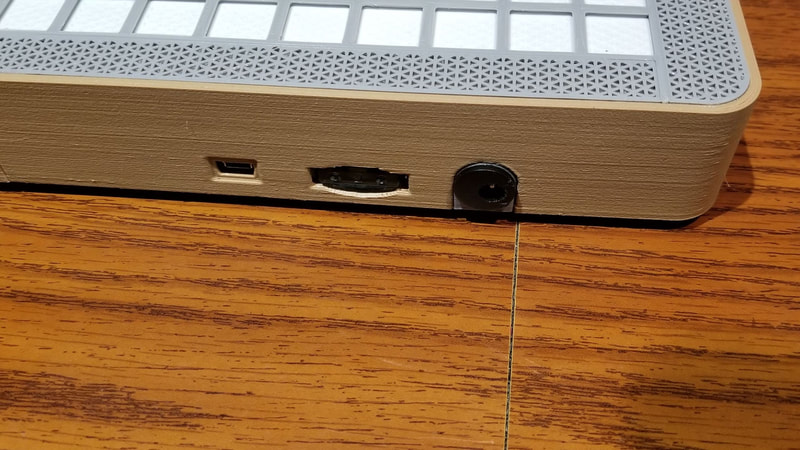
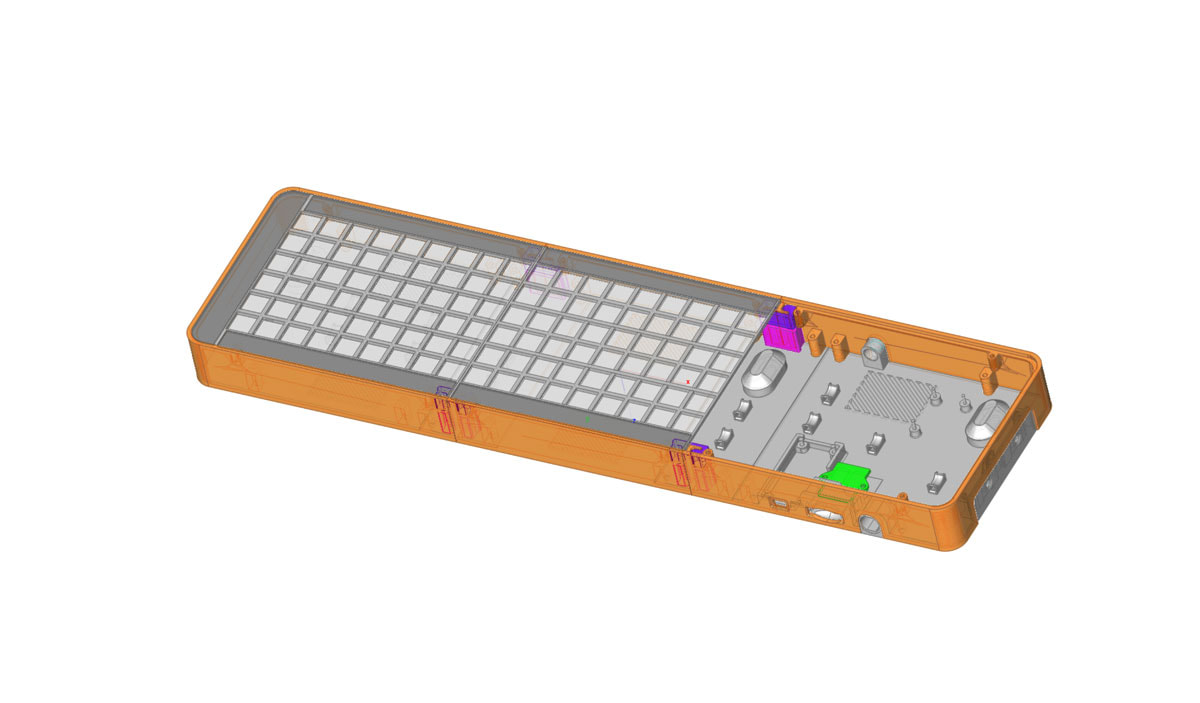
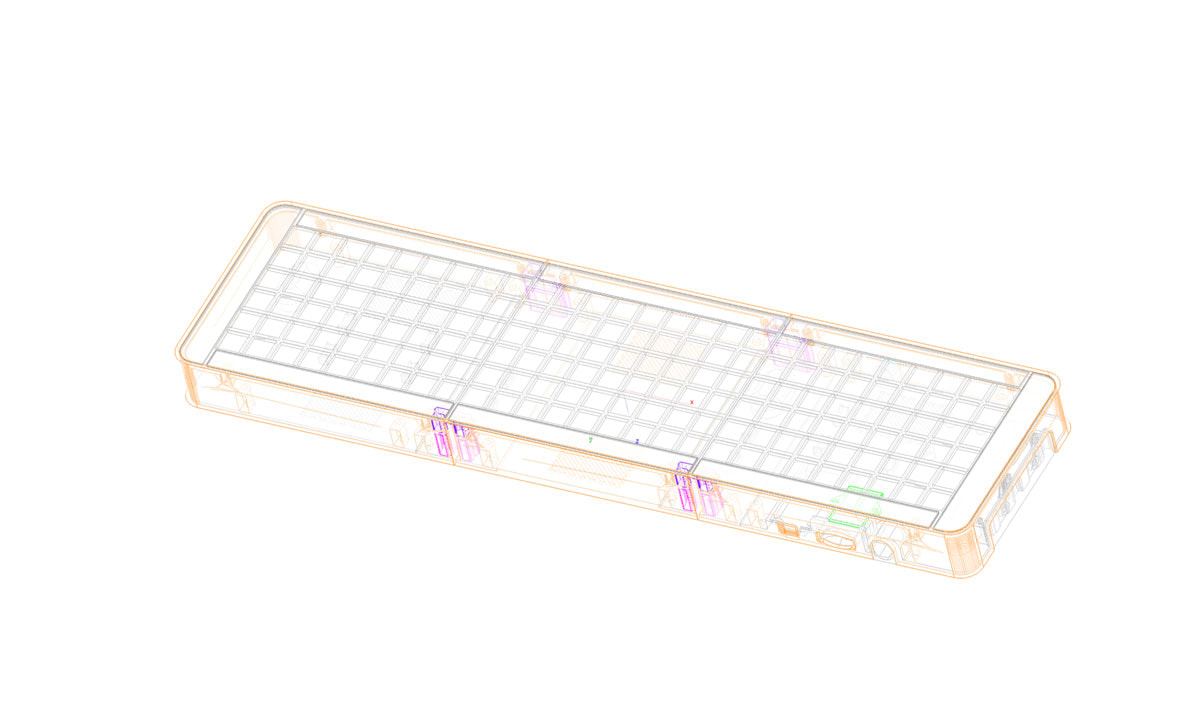
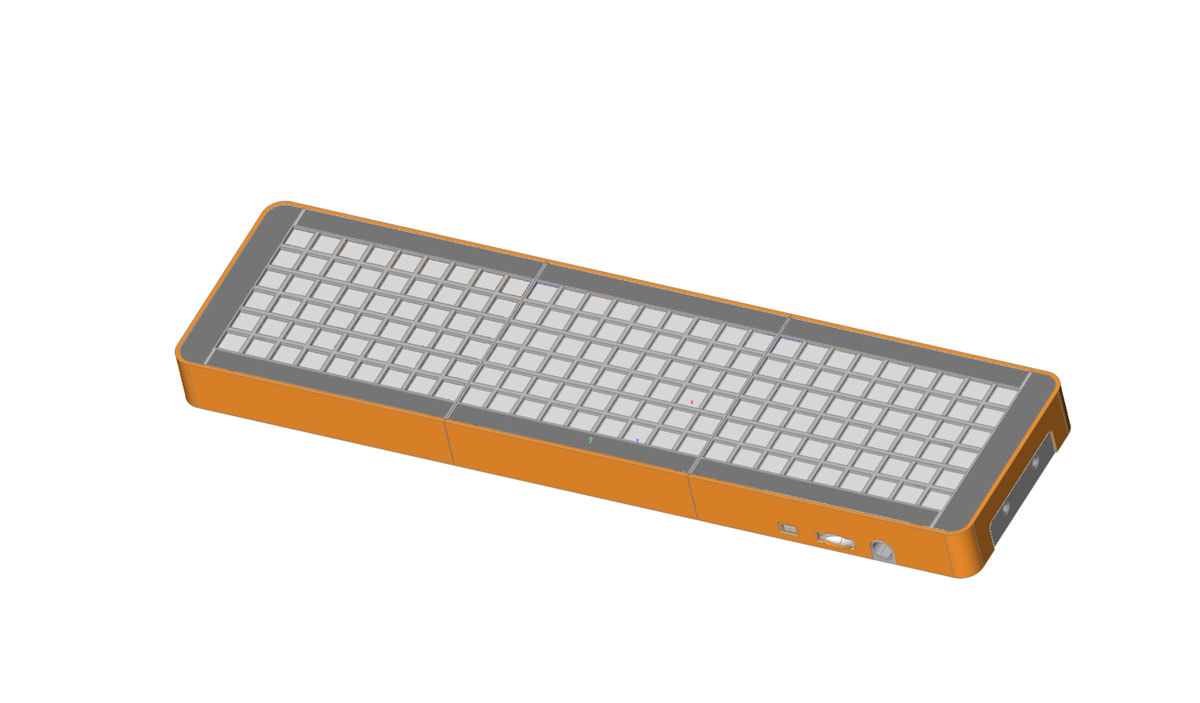
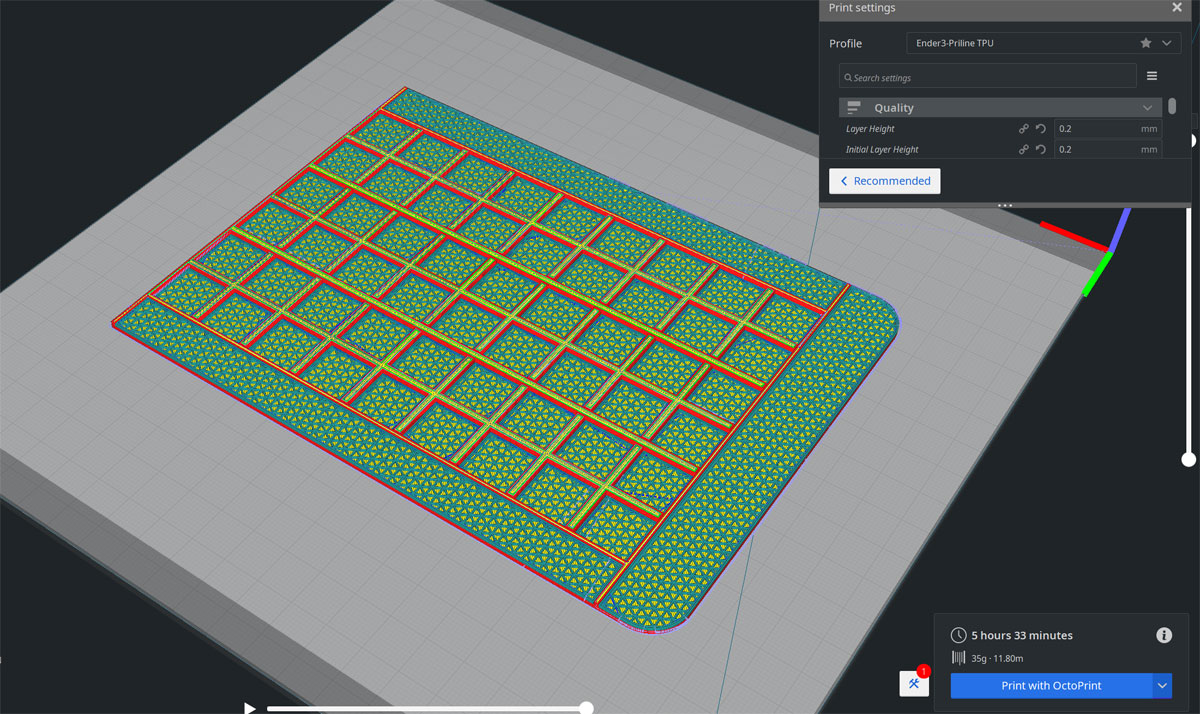
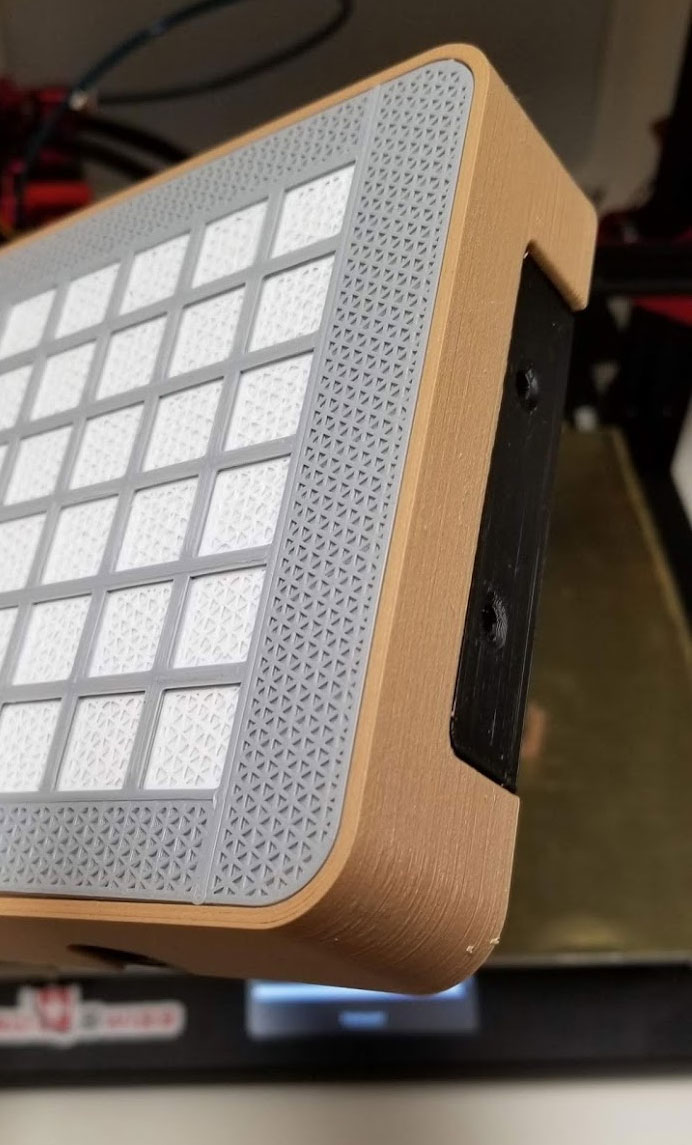
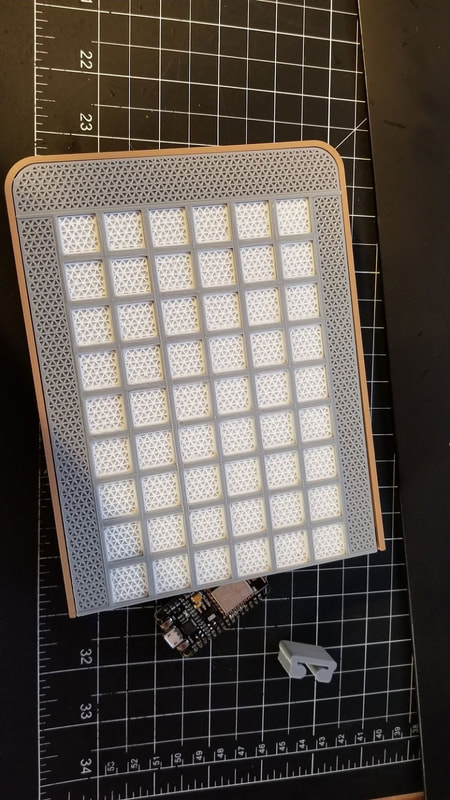
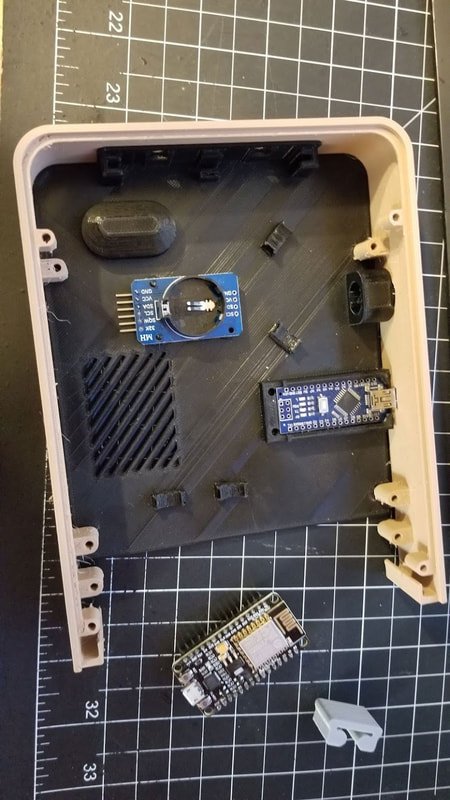
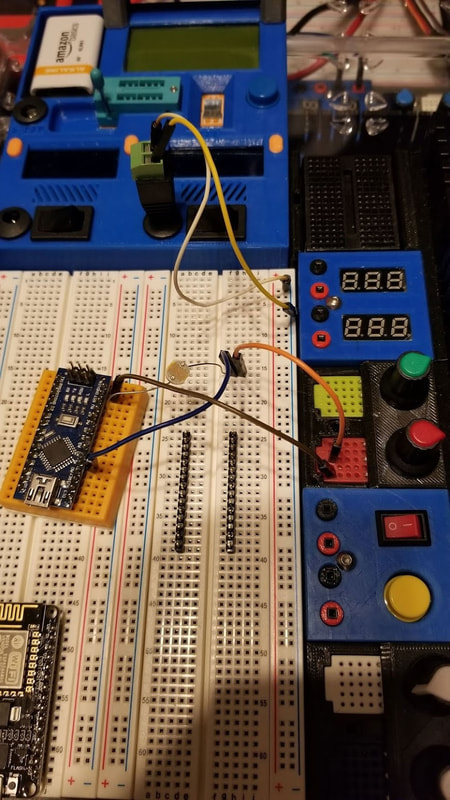
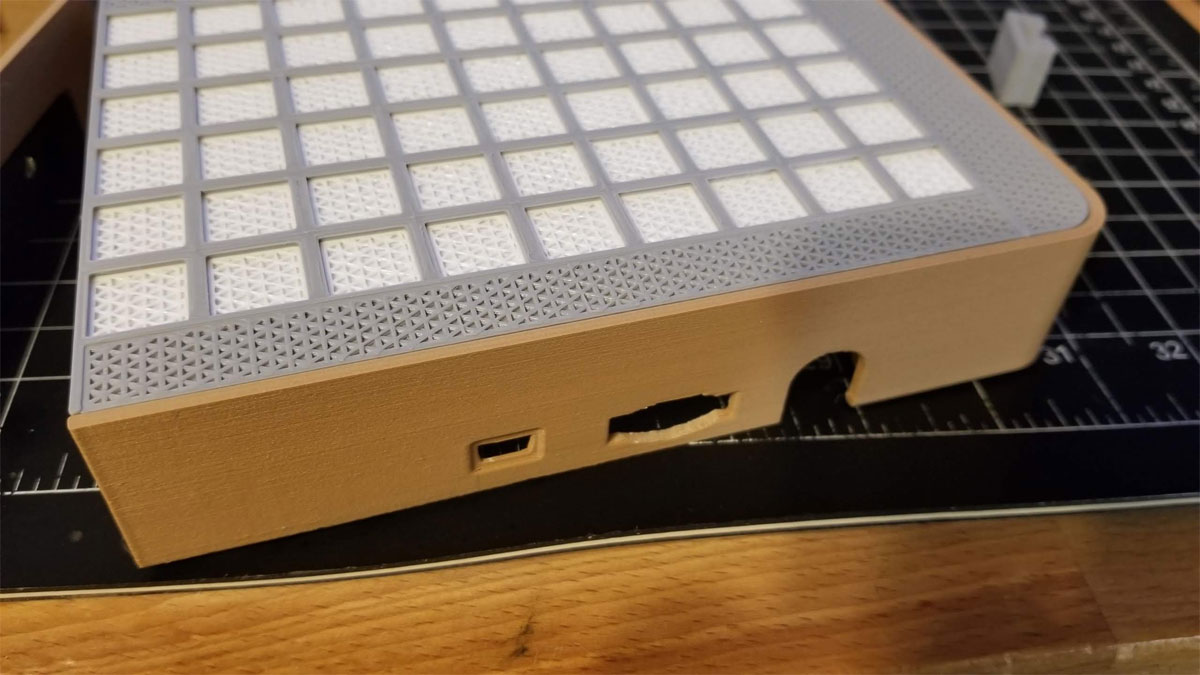
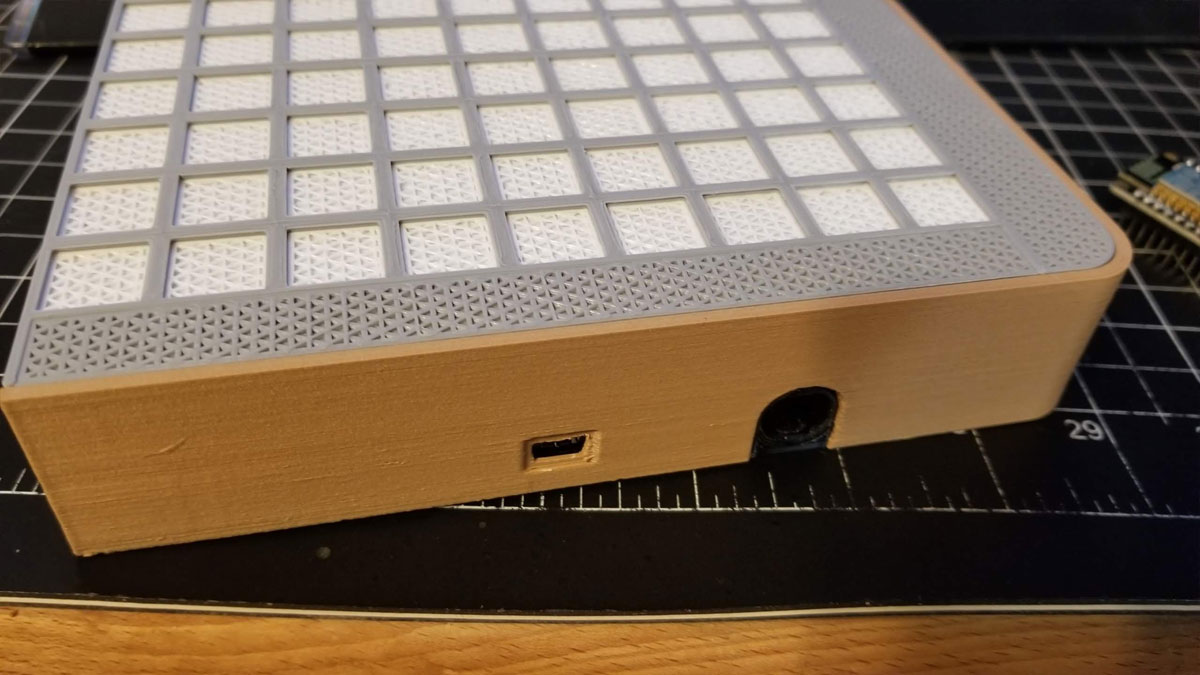


 RSS Feed
RSS Feed
